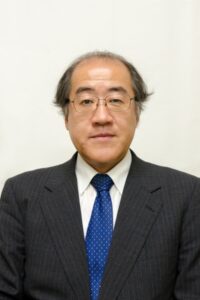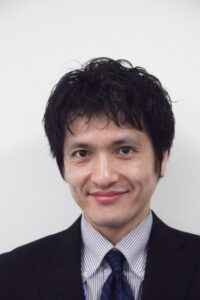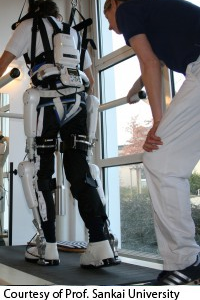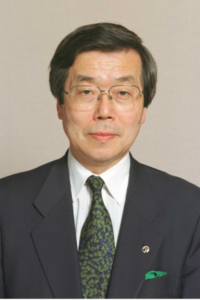
< Key Points > * Real wage rate after 2000 has been stagnant * Biggest factor is declining terms of trade * No room to boost labor share to any significant degree Prime Minister Abe Shinzo and his administration are actively encouraging businesses to raise wages. But are wage increases really possible, judging from the productivity trends? And, if so, then what are the necessary conditions? A nation’s labor productivity is measured by the real gross domestic product (GDP) generated per hour of labor. Of the real GDP per hour of labor (e.g. 5,000 yen per hour), the real labor cost per hour (e.g. 3,000 yen per hour) is distributed to labor. Therefore, in simplified terms, if the rate of increase in real wages exceeds that in labor productivity, labor share (60% in this example) should increase. If labor share continues to grow, return on ... ... [Read more]








